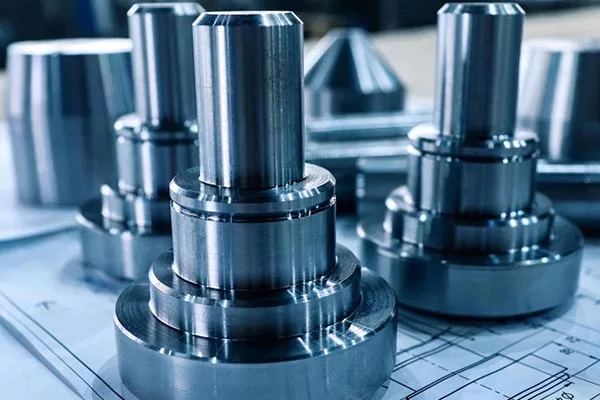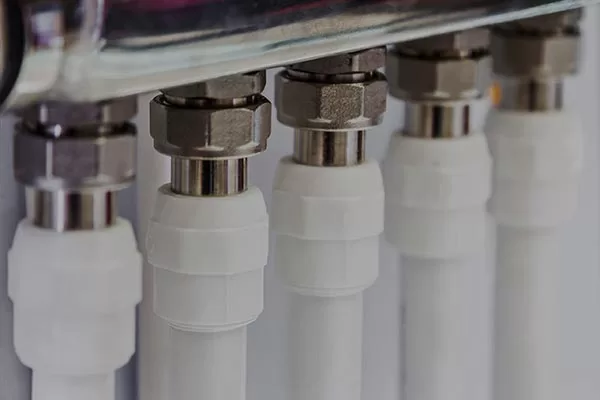CNC machining and injection molding are two of the most popular manufacturing processes for producing high-quality parts and products. However, both processes offer distinct advantages and disadvantages, and deciding which one can be challenging. This article will explore the differences between CNC machining and injection molding, their strengths and weaknesses, and how to determine which is right for your project.

CNC machining parts
CNC Machining
CNC machining is a subtractive manufacturing process that uses a computer-controlled machine to remove material from a block of raw material to create a finished part or product. The process involves feeding a design into a computer program that controls the machine’s movements to carve out the desired shape.
Strengths
CNC machines can work with various materials, including metals, plastics, and composites. They can also produce complex geometries. Additionally, CNC machines can produce small parts and run with minimal waste.
Weaknesses
One of the major drawbacks of CNC machining is its high cost, especially for small production runs. CNC machines require specialized programming and set-up, which are expensive to purchase and maintain. Additionally, CNC machining can be time-consuming, with longer lead times than other manufacturing methods.
Injection Molding
Injection molding is a manufacturing process that involves injecting molten plastic or other materials into a mold to create a finished part or product. The process is highly automated and can produce high volumes of parts quickly and efficiently.
Strengths
One of the main strengths of injection molding is its ability to quickly produce high volumes of parts at a low cost per unit. As a result, injection molding is ideal for large production runs, and the process is highly automated, making it efficient and consistent. Additionally, injection molding can produce parts with complex geometries and precise details.
Weaknesses
One of the main weaknesses of injection molding is its high initial tooling cost. Injection molds are expensive to design and produce, making it challenging for smaller production runs to be cost-effective. Additionally, the process is not as flexible as CNC machining, as it is difficult to make design changes once the mold has been produced.

Injection molding part
Which is Right for Your Project?
Deciding which manufacturing process to use depends on various factors, including the complexity of the part or product, the required precision, the production volume, and the budget. For example, CNC machining is ideal for small production runs, complex geometries, and tight tolerances, but it can be expensive and time-consuming for larger production runs. Injection molding, however, is ideal for large production runs, simple geometries, and low cost-per-unit but requires a significant initial investment in tooling.
To determine which process is best for your project, consider the following factors:
Complexity: If your part or product has complex geometries and tight tolerances, CNC machining may be the best option. If your part or product is relatively simple, injection molding may be the better choice.
Production volume: If you need a large part, injection molding is likely the most cost-effective option. If you need a smaller volume, CNC machining may be more economical.
Budget: If you have a limited budget, injection molding may be challenging due to the high initial tooling cost. CNC machining may be a more affordable option, especially for smaller production runs.
Lead time: CNC machining is typically faster than injection molding if you need parts quickly. However, if you can wait longer, injection molding may be a more efficient option for large production runs.
NICE Rapid: Providing Both Services
NICE Rapid is a leading provider of CNC machining and injection molding services. With experienced technicians and qualified managers, NICE Rapid can help clients determine the best project process.
For CNC machining, NICE Rapid uses advanced equipment and software to create high-precision parts with complex geometries. Their CNC machining services are ideal for small production runs, rapid prototyping, and precision manufacturing.
For injection molding, NICE Rapid offers a wide range of plastic injection molding services, including custom molding, overmolding, and insert molding. They use advanced equipment and techniques to produce high-quality parts with tight tolerances and complex geometries.
Conclusion
CNC machining and injection molding are valuable manufacturing processes with strengths and weaknesses. Deciding which process to use depends on various factors, including the complexity of the part or product, the required precision, the production volume, and the budget. By understanding these factors and working with a qualified provider like NICE Rapid, businesses can decide which manufacturing process is right for their specific project.
